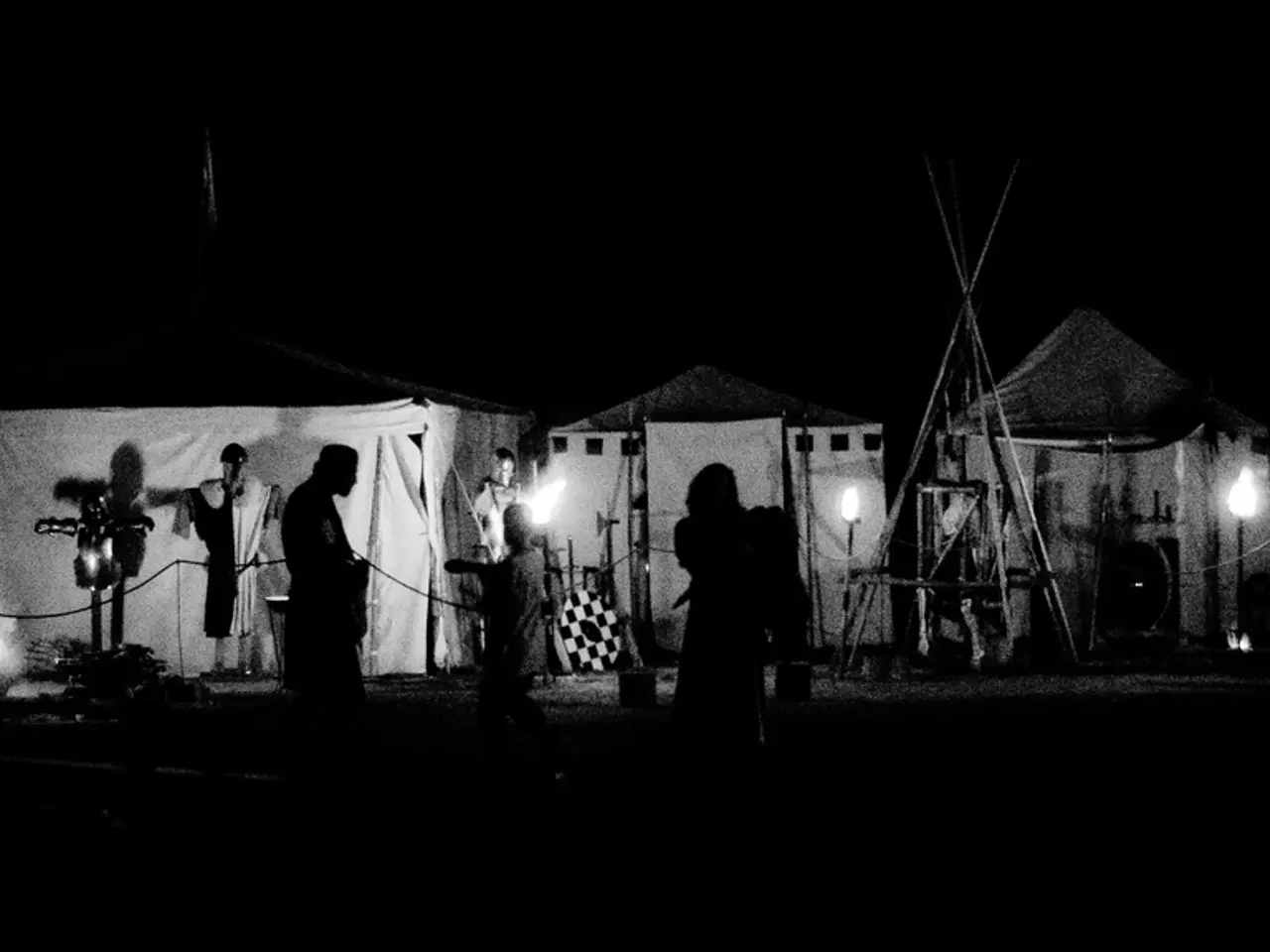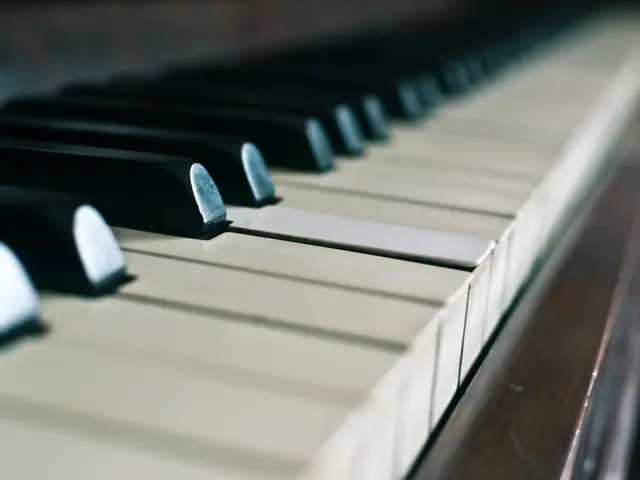Artificial Night Light Linked to Depressive Symptoms in Teens
Recent studies have uncovered a link between exposure to artificial light at night and depressive symptoms, particularly in adolescents. This connection is mediated by systemic inflammation and oxidative stress, disrupting the body's natural circadian rhythm and sleep patterns.
Research has shown that prolonged exposure to artificial light at night can interfere with melatonin production, a hormone crucial for regulating sleep. This disruption can lead to a vicious cycle of poor sleep and negative mood, increasing the risk of mental health issues. Notably, young people and women appear more vulnerable to these effects. Adequate sleep, on the other hand, is vital for emotional regulation, stress management, and overall mental health. To mitigate these risks, strategies promoting a dark and restful sleep environment are recommended.
The relationship between artificial nighttime light exposure and mental health is well-documented, with serious implications, especially for young people and women. While further research is needed to identify specific risk groups, the current evidence underscores the importance of addressing this issue to prevent long-term mental health problems.
Read also:
- New Immigration Law Guide: Practical Advice for Legal Professionals
- Willich's Senior Citizens Prepare for Council Elections, City Celebrates International Day of Older Persons
- Indigenous-Managed Forests Key to Fighting Amazon Fires and Saving Lives
- Chronic Stress: Holistic Management for Physical and Mental Health





